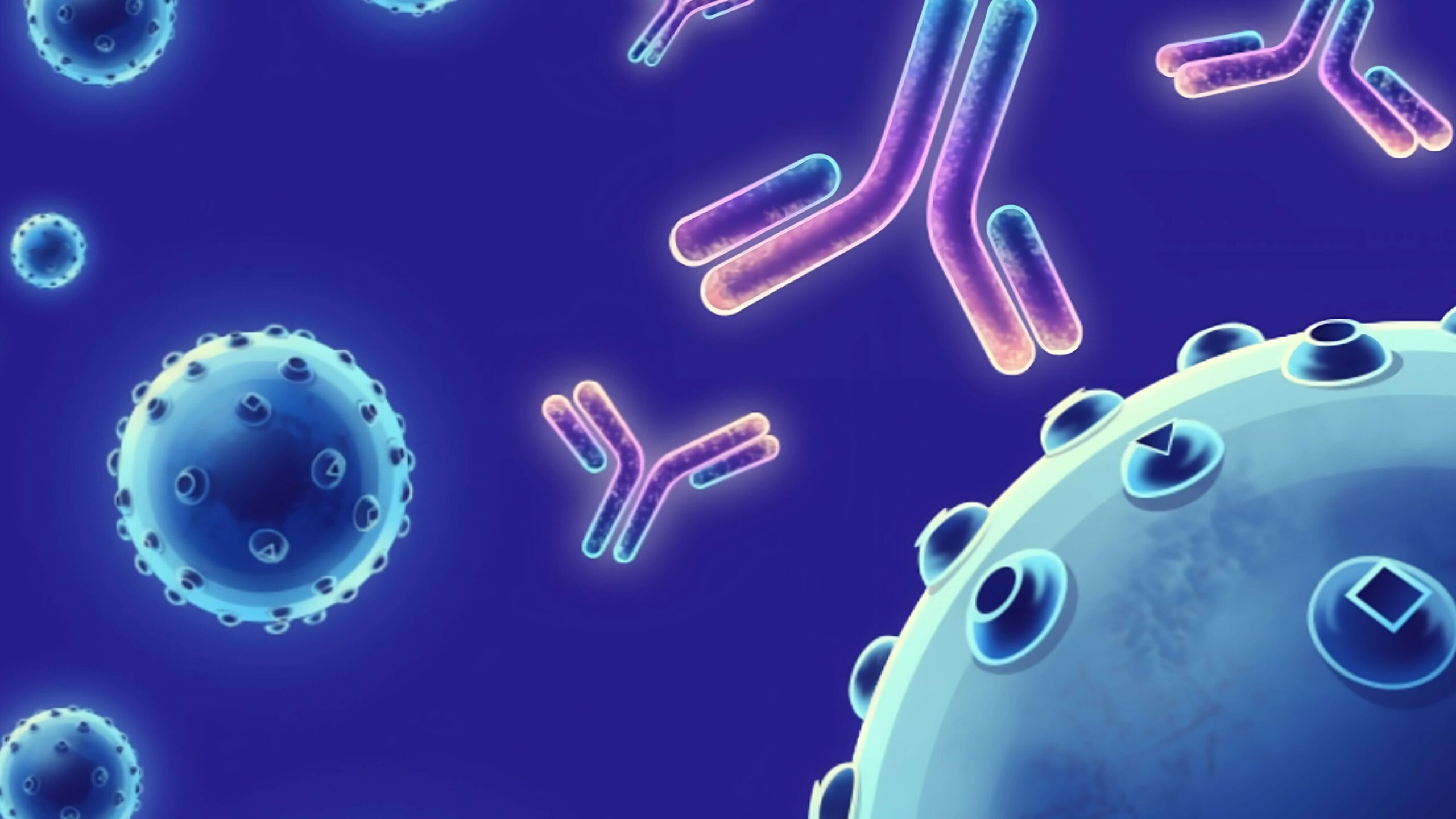Description
NKG2D (Natural-killer group 2, member D) is also known as NK cell receptor D or CD314. Encoded by KLRK1 gene, NKG2D is a disulfide-bonded homodimer and can form a heterohexamer with four subunits of HCST/DAP10. NKG2D contains a cytoplasmic domain (aa 1-51), helical membrane-spanning domain (aa 52-72), and extracellular domain (aa 73-216). NKG2D is mainly expressed on the surface of NK, NKT, 麟 儡 T, and CD8+ T cells. It acts as an activating receptor to mediate the activation of the above-mentioned immune cells for killing target cells. NKG2D is involved in immune surveillance as an activated and co-stimulatory receptor after binding to various cellular stress-induced ligands on the surface of autologous tumor cells and virus-infected cells. Also, it provides stimulated and co-stimulated innate immune responses on activated natural killer (NK) cells, resulting in their cytotoxic activity. Furthermore, through expanding T cell activation, NKG2D acts as a co-stimulatory receptor for T cell receptors (TCRs) in CD8+ T cell-mediated adaptive immune responses.
Recombinant Anti-Human NKG2D mAb is expressed by mammalian cells, and is produced with raw materials of pharmaceutical applicable level. The host protein residue, nucleic acid residue and common pathogens are strictly controlled, and the production and quality management procedures of the product comply with GMP regulations to ensure the traceability of the production process and all raw materials.
Target
NKG2D
Isotype/Mimetic
Human IgG1
Animal-Derived Biomaterials Used
No
Sequence Available
Yes
Original Discovery Method
Unknown
Antibody/Binder Origins
Animal-free discovery, Unknown discovery source/method, In vitro recombinant expression, Animal-derived biomaterials used in production or final formulation

